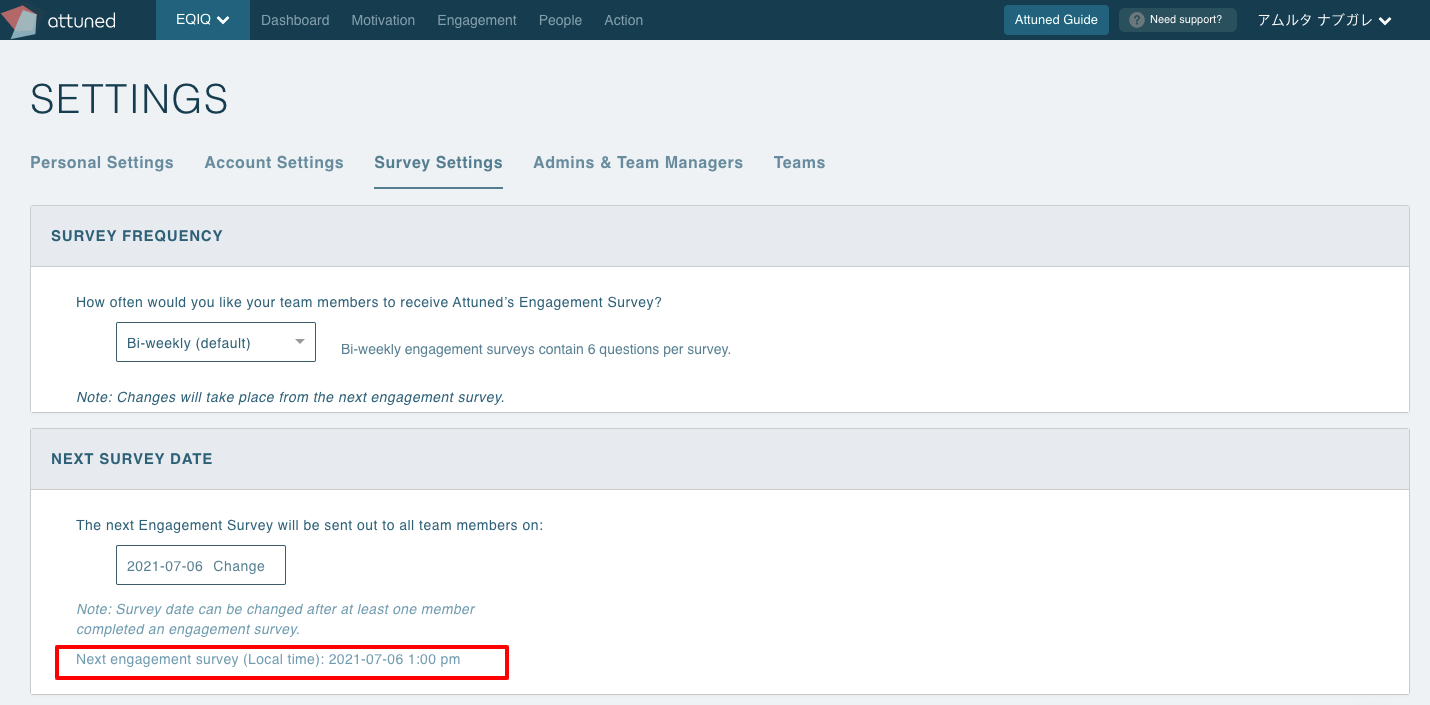Technical read: Sendinblue API upgraded from v2 to v3
Why?
As our email service provider, Sendinblue, phased out their API v2 in favor of an improved version, we have upgraded our system to ensure a smooth customer experience.
Why did they phase out API v2?
Sendinblue re-engineered their API and created API v3, a more efficient interface with a wider scope and simpler format to make things easier for developers looking to connect their website, apps, and tools with Sendinblue. As part of the improved API v3 functionality, they have also performed upgrades on security and authentication.
The details:
We have updated the endpoints to API v3 and generated a new API key for v3 to interact with the latest version.
As a result of the upgrade to API v3, we can immediately benefit from:
A more responsive and faster API.
Improved reference and examples for all endpoints.
Advanced API responses compliant with the OpenAPI Standard.
A longer list of API calls, which allows us to perform more actions over our data.
Details of “Next Survey Send Out Date & Time” is now displayed on Survey Settings page
Why?
Previously, only the next survey send-out date was displayed on the Survey Settings page, but in this view users could not see what time the Engagement Survey was scheduled.
The details:
The next scheduled Engagement Survey send-out date and time are now displayed on the Survey Settings page.
The survey send-out time is based on the timezone initially requested (i.e. UTC 4, UTC 22 or UTC 14).
By default, engagement emails are received at UTC 4 (1pm JST) for all newly created accounts. When the date is changed in the “Next Survey Date” dropdown, it is reflected on a line below displaying the survey send-out date and time.
Fixed issue: Backend accepts adding a new member to both parent and child team, but only adds it to the child team
Why?
Previously, when adding respondents on the People page when both parent and child teams were selected, it accepted both without any error.
But when the action was completed, the respondent would only be added to the child team.
The details:
Implementation on the front end:
If teams are selected in either one line or in bulk, and the teams are in a vertical hierarchy, the team name should be replaced with error text, indicating that a member cannot be assigned to a parent and a child at the same time.
If you try to add the parent and child team in the same hierarchy while adding the team on the People page, it now gives you an error message and denies the action.




